Reinventing Performance Testing: New Architectures
Alex Podelko
OCTOBER 20, 2016
New Architectures (this post). Cloud seriously impacts system architectures that has a lot of performance-related consequences. From one side, it makes it easier to monitor and update / rollback systems that lowers performance-related risks. The dynamic architectures represent a major challenge for both monitoring and analysis.


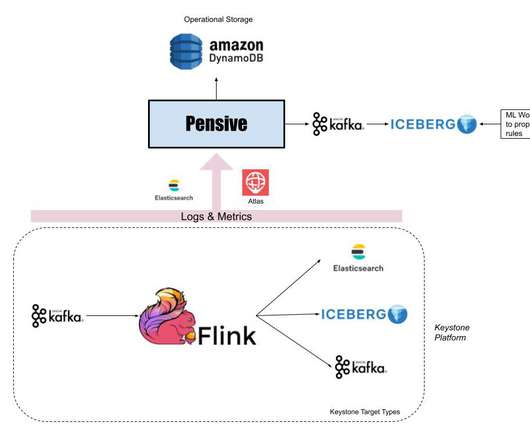

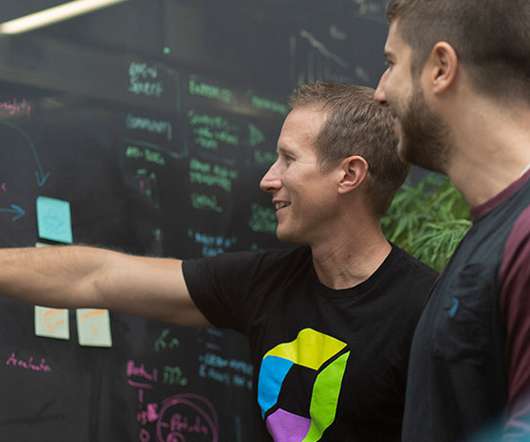




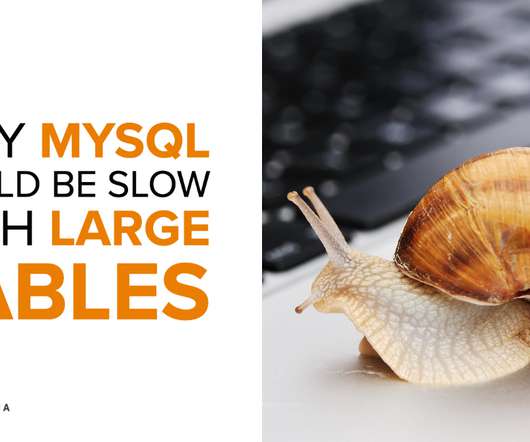

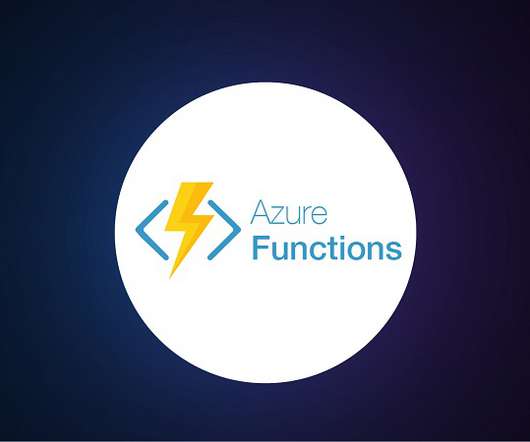


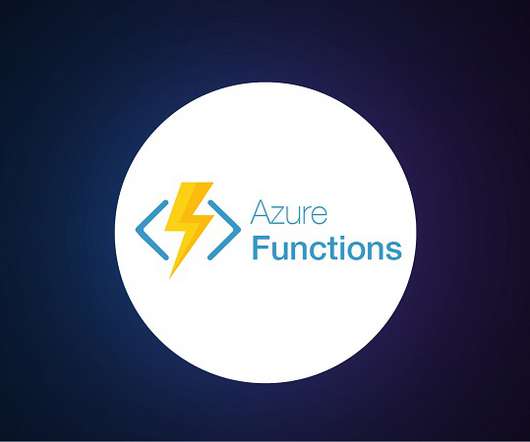


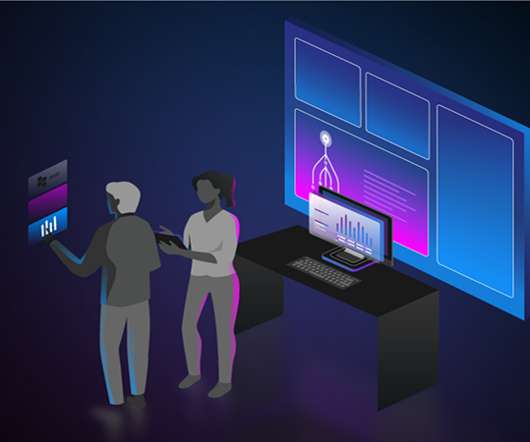
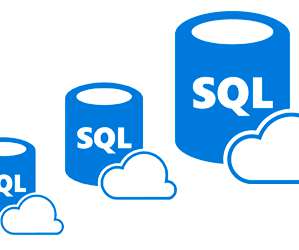


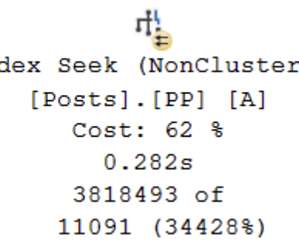








Let's personalize your content